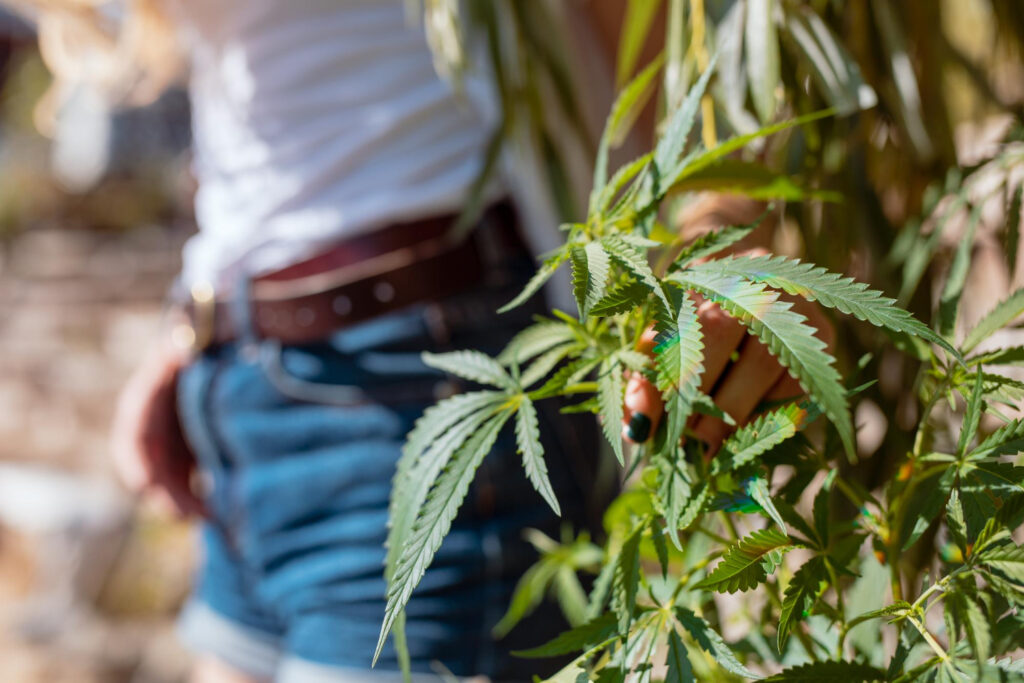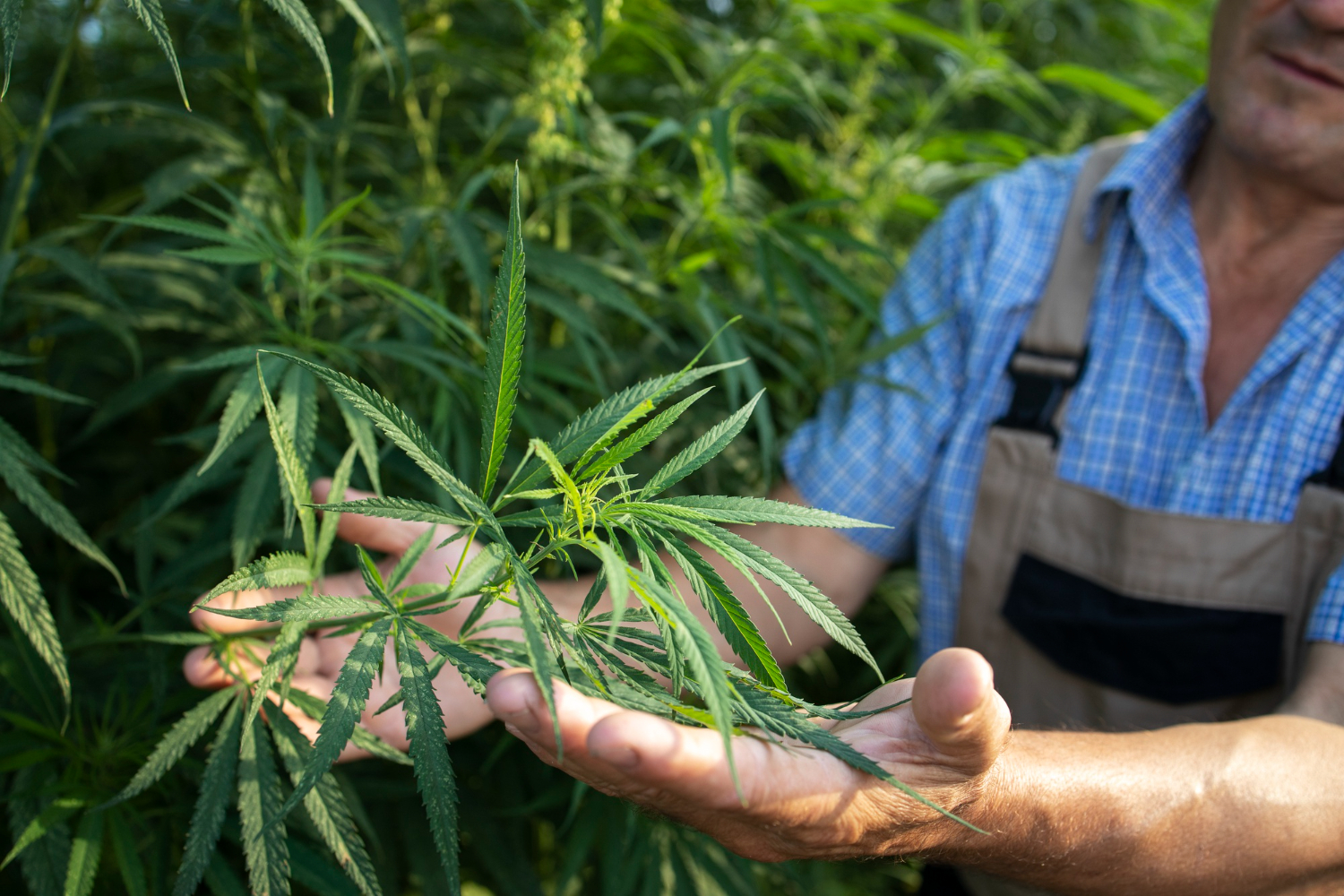In 2025, outdoor cannabis cultivation in Australia is attracting increasing interest from both medical cannabis patients and enthusiasts in regions where personal growing is permitted. Australia’s diverse climates—from tropical in the north to temperate in the south—create unique opportunities and challenges for outdoor growers. Success depends on understanding your local conditions, selecting the right strains, and applying sustainable cultivation practices. When done properly, outdoor growing can produce healthy plants with strong yields while reducing costs compared to indoor setups. However, growers must also navigate legal restrictions, as recreational cultivation is still prohibited in most states and territories, with the notable exception of the Australian Capital Territory (ACT). For those legally allowed to grow, this guide outlines the best practices for soil preparation, planting schedules, and environmentally friendly techniques tailored to Australia’s varied environments.
Understanding Climate Zones and Strain Selection

Australia’s climate diversity means that cannabis cultivation requirements vary significantly depending on location. In tropical areas like northern Queensland and the Northern Territory, the warm, humid climate supports year-round growth but also increases the risk of mold and pests. Growers here should opt for mold-resistant sativa or hybrid strains and plan for adequate ventilation and spacing. In temperate southern regions such as Victoria, South Australia, and Tasmania, the cooler winters and milder summers mean planting typically begins in early spring for a summer harvest. Indica-dominant and hybrid strains suited to shorter growing seasons perform well in these zones. Western Australia’s Mediterranean climate offers long, dry summers ideal for outdoor cultivation, provided plants receive consistent watering. Selecting genetics adapted to your specific region ensures plants are better equipped to handle local temperature fluctuations, rainfall patterns, and pest pressures.
Soil Preparation and Planting Schedule
Healthy soil is the foundation of a productive outdoor cannabis garden. In Australia, native soils can vary from sandy coastal types to heavy clay inland, so soil improvement is often necessary. Before planting, test the soil’s pH (ideal range 6.0–7.0) and amend with organic compost, worm castings, and well-rotted manure to boost nutrient content and microbial activity. Adding perlite or coarse sand can improve drainage in clay-heavy soils, while mulch helps retain moisture in sandy soils. In most temperate regions, seeds or seedlings are planted in September or October, taking advantage of the increasing daylight hours. In tropical climates, growers may adjust planting to avoid the wettest months, reducing the risk of root rot. Preparing soil at least two to three weeks before planting allows nutrients to settle and ensures a stable growing environment for young plants.
Watering, Feeding, and Pest Management
Outdoor cannabis in Australia requires a careful balance of watering and feeding to support healthy growth. Plants should receive deep, infrequent watering to encourage strong root development, with frequency adjusted based on rainfall and temperature. In hotter regions, morning watering helps prevent evaporation losses, while in cooler zones, midday watering can be more effective. Nutrient needs change across growth stages—higher nitrogen during vegetative growth and increased phosphorus and potassium during flowering. Organic options such as seaweed extract, compost teas, and fish emulsion are widely used for sustainable feeding. Pest management is an ongoing concern, with caterpillars, aphids, and spider mites among the most common threats. Using companion plants like basil, marigold, or lavender can deter pests naturally, while regular inspections allow early intervention before infestations spread.
Harvesting and Sustainable Practices

Timing the harvest is crucial for quality and potency. In southern Australia, most outdoor cannabis is ready for harvest between March and May, while in the north, multiple harvests may be possible due to longer growing periods. Harvest when trichomes—tiny resin glands on buds—turn milky white with some amber, indicating peak cannabinoid content. For sustainability, consider practices like rainwater collection, organic fertilizers, and minimal pesticide use to reduce environmental impact. Composting plant waste and rotating crops can maintain soil health for future seasons. In regions with strong winds or heavy rains, staking or trellising plants can prevent damage, while greenhouse covers can extend the growing season and provide extra protection. By tailoring cultivation techniques to Australia’s unique climates, growers can achieve healthy, high-quality yields while respecting both the environment and the law.

Leave a Reply